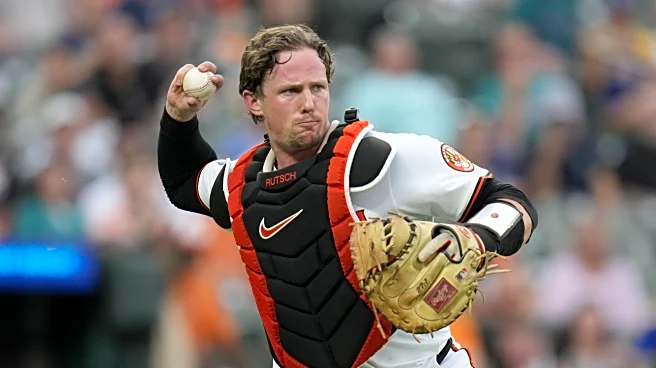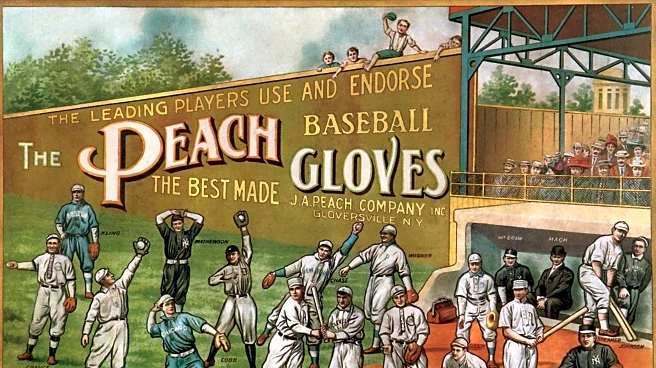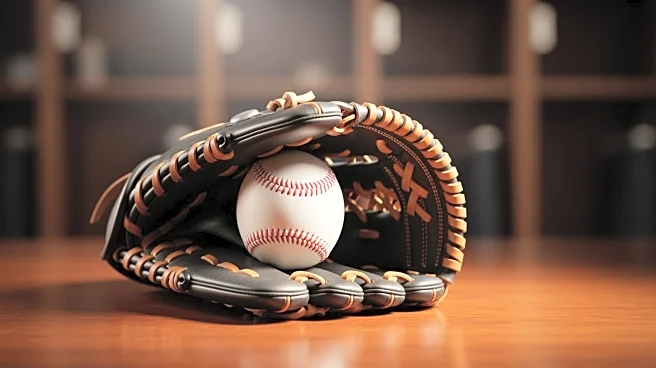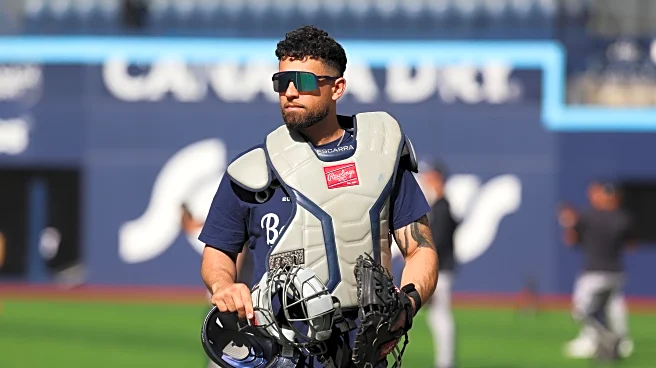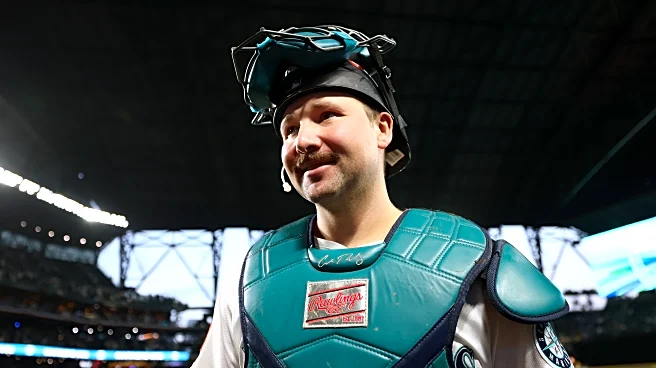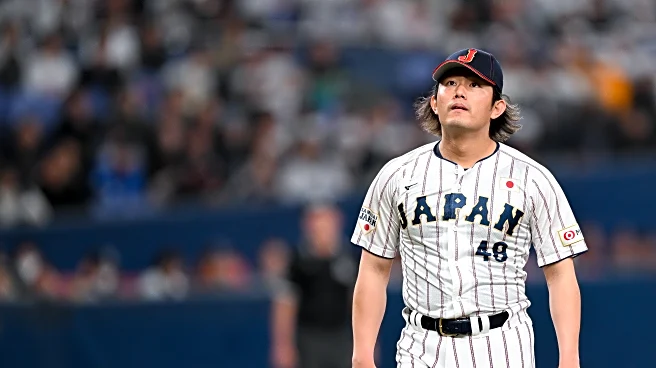On July 1, 1990, Andy Hawkins was the Yankees’ starting pitcher in a game that led to a dubious bit of history. That day, he allowed no hits in eight innings against the White Sox. However, he didn’t get
a chance to go for a full nine-inning no-hitter, as the White Sox didn’t need to bat in the bottom of the ninth. That’s because thanks to a combination of two walks and three Yankees’ errors, Chicago put up four runs in the eighth. Meanwhile, White Sox starter Greg Hibbard had a good day himself and kept the Yankees of the board, and his bullpen finished things off from there. Despite not allowing a hit over eight innings, Hawkins went down as the losing pitcher in a 4-0 Yankees’ loss.
A little more than a year before that, Hawkins was also on the mound for a very dumb game. It maybe wasn’t as bad as losing a game without allowing a hit, but it was another example of the cursedness of that era of Yankees baseball.
On June 5, 1989, the Yankees were hosting the Orioles in the Bronx. Hawkins took the mound and quickly retired the first two batters before allowing a ground-rule double to Cal Ripken Jr. Two walks then loaded the bases, and Hawkins then got a fly ball to center field, but Jesse Barfield couldn’t handle it, making an error that allowed all three runners to come home and score.
Things then got a whole heck of a lot worse in the third. The inning started with three consecutive errors. One came from the normally sure-handed Don Mattingly as he just missed stepping on the first base bag after a throw to first. Hawkins then threw a possible double play grounder into center field, and Steve Sax then booted a possible DP himself. Quite possibly rattled from all that, Hawkins then lost the plot and failed to retire another batter at the plate. (One Oriole did run themselves into an out on the basepaths.) Following four more hits and an intentional walk, manager Dallas Green came to get Hawkins after just 2.1 innings of work. Chuck Cary came in for him and eventually got out of the inning, but gave up a grand slam to Steve Finley before he could do so. That left the Yankees trailing 11-0 going into the bottom of the third.
As described in the sequence above, Hawkins hardly should be absolved of any blame. However, technically in the box score, he does go down as having not allowed an earned run. Mind you, those 2.1 innings of earned run-less ball lowered his ERA to 6.08.
The Yankees pretty much had no chance after that, but their defense certainly further ensured that. Including a second from Mattingly, the Yankees committed six errors on the day. They ended up giving up 16 runs on nine hits, and all but three of the runs went down as unearned. At the time, only one game in history had a team giving up more unearned runs in a game than that.
Any time a team does that, or anything close to it, they’re probably going to lose. Remarkably though, the Yankees actually could’ve kept the game somewhat close. In the end, they only scored three runs, but that wasn’t for lack of opportunity. They actually recorded 13 hits and seven walks on the day, with the Orioles chipping in with one error of their own. Only slightly less infuriating than what the defense and pitching did was that the Yankees’ offense combined to go 3-for-16 with runners in scoring position and left 16 runners on base.
You can find plenty of worse losses in Yankee’ history, considering the circumstances of a game or how the loss played out. I’m not sure you can find many more abjectly stupid ones than this particular one, though.


